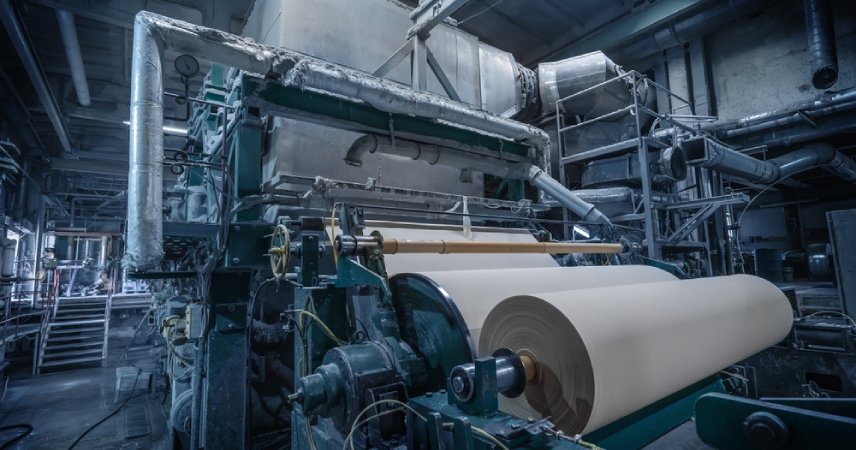Introduction
With the growing emphasis on plastic waste management and sustainability, the demand for efficient recycling technologies is higher than ever. Among the different types of recycling systems, the DFC (Die Face Cutting) Plant stands out for its efficiency and ability to produce high-quality PP and PET granules from waste plastics. The PP / PET Re-Process DFC Plant is an advanced recycling system designed to process post-industrial and post-consumer waste into reusable granules. These granules are widely used in packaging, textiles, automotive, and consumer goods industries. In this blog, we’ll explore what the plant is, how it works, its applications, and why it is an excellent investment for businesses in the recycling sector.
What is a PP / PET Re-Process DFC Plant?
A DFC (Die Face Cutting) Plant is a type of plastic recycling extrusion line that uses a die face cutter system to pelletize molten polymer directly at the die head.
Unlike traditional strand pelletizers, which cut after water cooling, the DFC method offers:
Unlike traditional strand pelletizers, which cut after water cooling, the DFC method offers:
Working Process of DFC Recycling Plant
- Raw Material Preparation
Collection, sorting, and cleaning of PP and PET waste (e.g., bottles, films, straps, woven sacks). - Extrusion & Melting
Waste flakes/granules are fed into the extruder and melted uniformly. - Filtration
Molten plastic passes through fine filters to remove contaminants. - Die Face Cutting (DFC)
The melt exits through a die plate and is cut into uniform pellets by rotating blades at the die face. - Cooling & Drying
Pellets are air-cooled or water-ring cooled, then dried. - Packing
Final recycled granules are packed and ready for use in manufacturing.
Applications of Recycled PP / PET Granules
- Recycled PP Granules
Woven sack production Sutli (synthetic string)
Household goods (buckets, chairs, containers)
Packaging films and sheets
Automotive parts - Recycled PET Granules
PET straps (box strapping rolls) Fibers and yarn (textiles, carpets)
Packaging sheets and films
Beverage and food-grade bottles (with advanced processing)
Engineering plastics
Advantages of PP / PET Re-Process DFC Plant
High-Quality Output – Produces uniform, dust-free pellets.
Efficient Process – Direct cutting at the die face saves time and labor.
High Demand – Recycled granules are required in multiple industries.
Eco-Friendly – Supports sustainable recycling and reduces landfill waste.
Cost Savings – Lowers dependency on virgin raw materials.
Scalability – Plants available in different capacities (100–1000+ kg/hr).
Better ROI – Rising demand ensures fast returns on investment.
Key Considerations for Setting Up a DFC Plant
Type of Waste Processed – PP woven sacks, PET bottles, films, straps, etc.
Plant Capacity – Small, medium, or large-scale (based on raw material supply).
Extruder Type – Single screw (clean waste) or twin screw (contaminated/mixed waste).
Cooling System – Water-ring or air-cooled cutting depending on end use.
Automation Level – PLC and servo-driven plants improve consistency.
After-Sales Support – Essential for smooth operations and spare parts.
Future of PP / PET Recycling with DFC Technology
With increasing global regulations on single-use plastics and a push toward circular economy practices, demand for recycled PP and PET is set to grow sharply.
The DFC pelletizing system is becoming the preferred choice for recyclers due to:
High efficiency and productivity
Superior granule quality
Reduced operational costs


